Accelerometer Sensor Price List
An accelerometer sensor is an electronic component used to detect the acceleration, vibration, or tilt of an object. Some sensors can measure the linear acceleration of objects in the X, Y, and Z directions (including gravity).
The accelerometer sensor can measure linear acceleration in the X, Y, and Z directions (including gravity). It operates based on the piezoelectric effect, capacitance changes, or MEMS (Micro-Electro-Mechanical Systems) technology, converting physical motion into electrical signals. It is widely used in various fields such as smartphones (screen rotation, step counting), automobiles (airbag deployment), industrial equipment (vibration monitoring), and the Internet of Things (IoT).
This article will introduce you to the various types of accelerometer sensors available on the ATO and their prices, helping you find the most suitable solution.
ATO Accelerometer sensor price list
| Product | SKU | Specifications | Price |
| Three-axis Accelerometer Sensor | |||
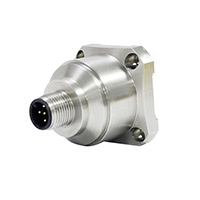 |
ATO-AS-AKF392 |
Measuring Range: ±2g; ±4g |
$1,289.60-$1,320.59 |
| ATO-AS-AKF398 |
Measuring Range: ±2; ±4g |
||
| ATO-AS-AKF390 |
Measuring Range: ±2; ±4g |
||
| Capacitive Accelerometer Sensor | |||
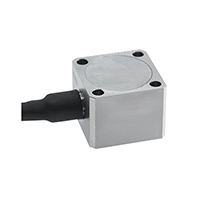 |
ATO-AS-SADR |
Measuring Range: ±1g; ±5g; ±50g |
$454.61-$1,039.23 |
| ATO-AS-R0150 |
Measuring Range: ±1g; ±5g; ±50g |
$454.61-$608.46 | |
| Piezoelectric Accelerometer Sensor | |||
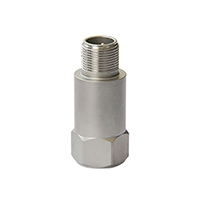 |
ATO-PAS-KT22 |
Measuring Range: 5~50g; 50~100g |
$419.68 |
| ATO-PAS-KT06 |
Measuring Range: 0~200g; 0~500g; 0~1000g |
$467.33 | |
| ICP/IEPE Accelerometer Sensor | |||
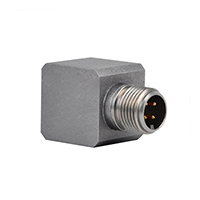 |
ATO-AS-SAE051 |
Measuring Range: 10g/50g/100g |
$952.66-$1,002.66 |
| Industrial Piezoelectric Accelerometer Sensor | |||
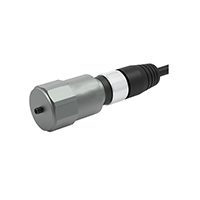 |
ATO-AS-100T |
Measuring Range: ±50g (peak) |
$377.14 |
| PE Piezoelectric Accelerometer Sensor | |||
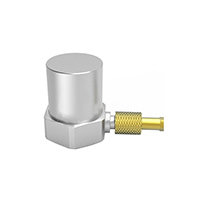 |
ATO-AS-PC015 |
Measuring Range: 150g (1500m/s2 peak) |
$532.65 |
| Accelerometer Vibration Sensor | |||
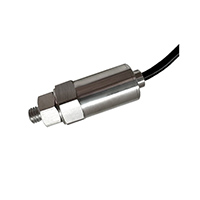 |
ATO-AS-R4D |
Measuring Range: 0~50mm/s, |
$278.14-$303.14 |
| ATO-AS-1020A |
Measuring Range: 0~20mm/s |
$258.77-$308.77 | |
How to choose an accelerometer sensor
When selecting an appropriate accelerometer sensor, it is essential to consider various factors such as the application scenario, performance parameters, and environmental conditions.
- Clearly define the measuring requirements, such as the measuring range (50g is suitable for general industrial vibrations or moderate impact scenarios, while 100g is more suitable for detecting high-intensity impacts or extremely high accelerations) and frequency response (low-frequency applications only require a few Hz bandwidth, while vibration analysis or impact testing may require hundreds of Hz or even kHz-level bandwidth).
- Consider the sensor type: MEMS accelerometers are suitable for consumer electronics and IoT applications (low power consumption, compact size), while piezoelectric accelerometer sensors are more suitable for industrial vibration analysis (high dynamic range).
- Environmental factors such as temperature range, shock resistance, and waterproof rating are critical. Industrial applications should select models that are heat-resistant, dustproof, and waterproof.
- Considering cost constraints, choose the most cost-effective solution that meets performance requirements.
If you are seeking an accelerometer sensor and have any questions or need further assistance, please visit ATO store platform, where we will provide you with the necessary services and professional support.

